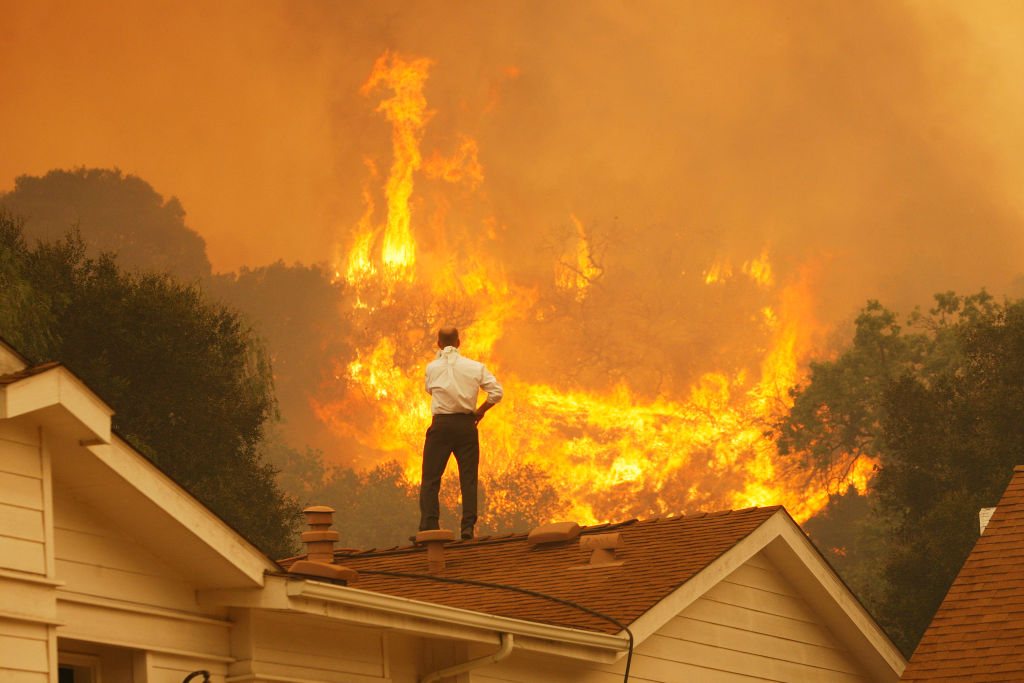
Government plans to cut greenhouse gas emissions aren’t enough to avoid catastrophic global warming, with the planet on track to heat up between 2.1 and 2.9 degrees Celsius by the end of the century compared to pre-industrial times, according to a new report from the United Nations Framework Convention on Climate Change.
Despite some progress in the last year, governments need to do more by 2030 to ensure that the global temperature increase is below 2C and ideally closer to 1.5C — the goal set in the Paris Agreement reached in 2015. The UNFCCC reached its conclusions by analyzing all national climate plans, also known as nationally-determined contributions or NDCs, submitted since 2015.
“The good news — projections show emissions won’t be increasing after 2030,” UN climate change executive secretary Simon Stiell told reporters on Wednesday. “The bad news – they’re still not demonstrating the rapid downward trend scientists say is necessary this decade.”
Read more: The IPCC Is Finally Using the Right Words to Talk About Climate Change Inequality and Justice
Climate scientists estimate that human-caused greenhouse gas emissions need to halve by the end of this decade, and to be eliminated by mid-century in order to keep warming below 2C by 2100. While the consequences of planetary heating above that threshold are deemed to be catastrophic, today’s warming of 1.1C above pre-industrial times has already resulted in irreversible changes, according to the latest report from the UN Intergovernmental Panel on Climate Change.
Extreme weather events have exposed millions of people to food insecurity and malnutrition; heat-related deaths have increased; and climate migration has risen. Agriculture, tourism and fishing are seeing losses. Rich countries that are most responsible for historical CO₂ emissions also have the most resources to adapt, while poorer countries that have contributed little to climate change face the brunt of the shocks.
If all plans to cut greenhouse gas emissions are fulfilled, global emissions will total 52.4 billion metric tons of carbon dioxide equivalent in 2030, down 0.3% from 2019 levels, indicating that emissions could peak before the end of this decade, the report said. Last year, the UNFCCC estimated emissions would continue rising and reach 54.9 billion metric tons by 2030.
Signatories to the Paris Agreement are increasing their ambitions, but not fast enough, the UNFCCC analysis shows. Even if all country promises are fulfilled, there would still be an excess of 16 billion metric tons of CO₂ above the threshold required to keep global warming at 2C.
The wide range in the warming estimates — between 2.1C and 2.9C — is due to uncertainty over whether countries can implement their plans. If emissions are not reduced sufficiently by 2030, cuts will need to be much sharper after that date to compensate for the slow start on the path to net zero, the requisite for halting global warming, the UNFCCC report said.
“We’re bending the curve on emissions downwards, they are projected to go in the right direction,” Stiell said. “But they are not going down enough fast enough, far enough — this is nowhere near the scale of emissions reductions required to put us on track toward a 1.5C world.”
A second report by the UNFCCC concluded that emissions could be roughly 68% lower in 2050 — compared to 2019 levels — if all plans were implemented. The research, which focused on countries’ long-term climate goals, warned that some net zero plans postpone climate action that should take place this decade.
“Nations must strengthen their plans now and implement them in the next eight years,” Stiell said. “We’re moving forward but moving forward far too slowly — every year is a critical year in this process.”
More Must-Reads From TIME
- The 100 Most Influential People of 2024
- The Revolution of Yulia Navalnaya
- 6 Compliments That Land Every Time
- What's the Deal With the Bitcoin Halving?
- If You're Dating Right Now , You're Brave: Column
- The AI That Could Heal a Divided Internet
- Fallout Is a Brilliant Model for the Future of Video Game Adaptations
- Want Weekly Recs on What to Watch, Read, and More? Sign Up for Worth Your Time
Contact us at letters@time.com